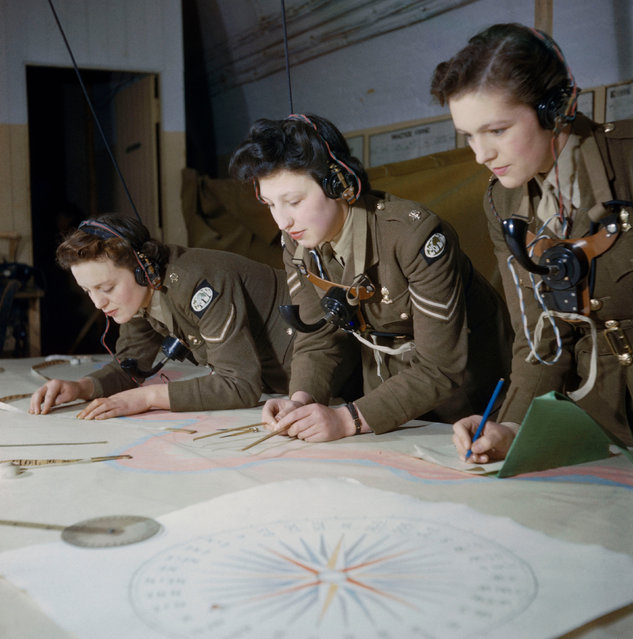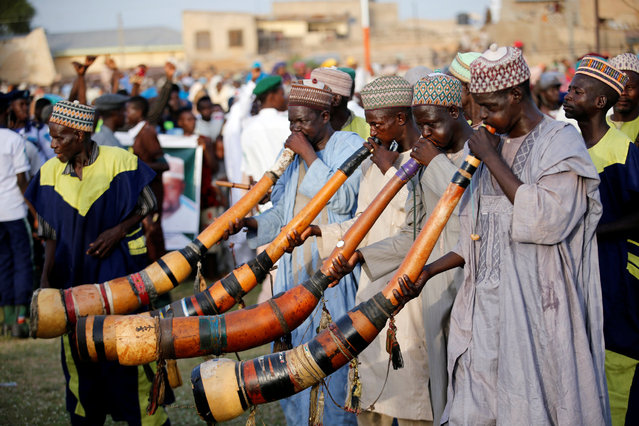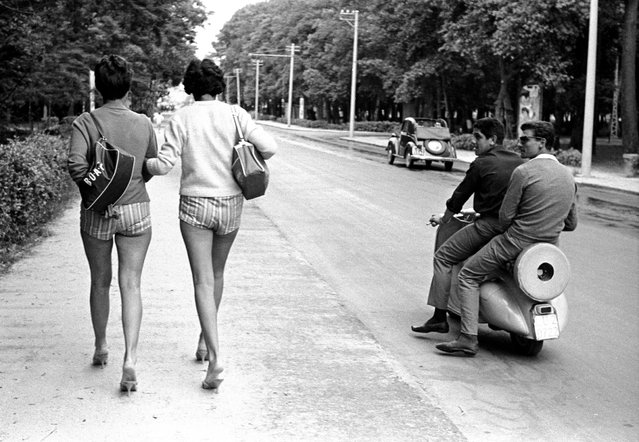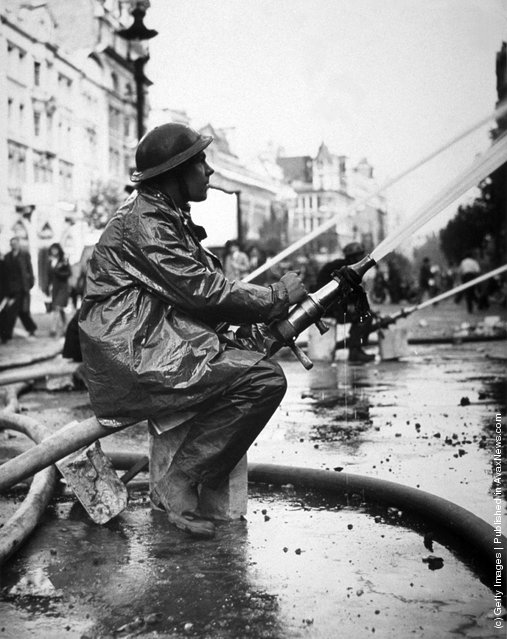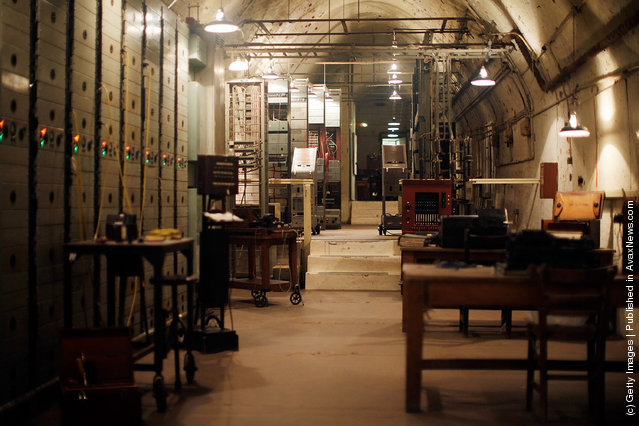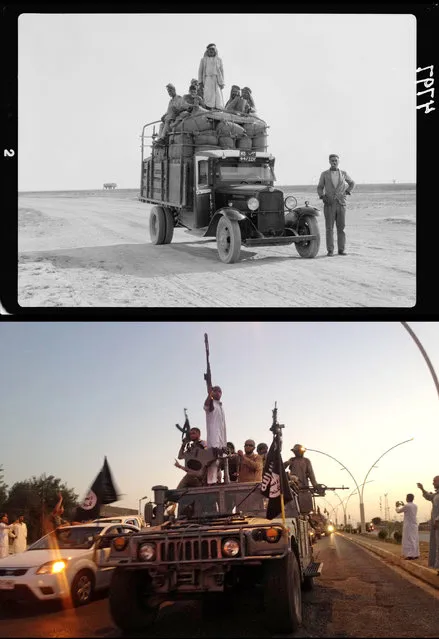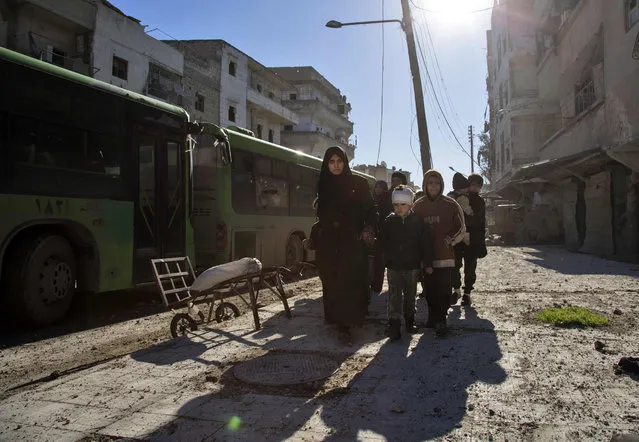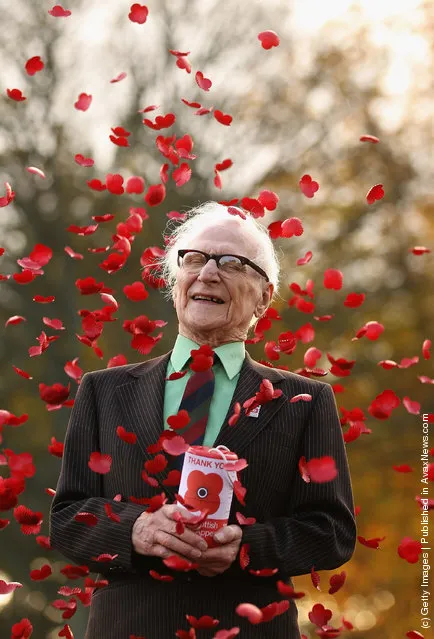
Second World War veteran 90 year old William Walker launches the Scottish Poppy Appeal, together with soldiers from the Royal Highland Fusiliers, 2nd Battalion the Royal Regiment of Scotland, on October 27, 2011 in Penicuick, Scotland. Mr Walker, who was wounded while serving in Burma in 1943 with the Royal Scots, helped the soldiers form the shape of ninety to celebrate the 90th anniversary of the annual November campaign. (Photo by Jeff J Mitchell/Getty Images)
29 Oct 2011 14:19:00,post received
0 comments

